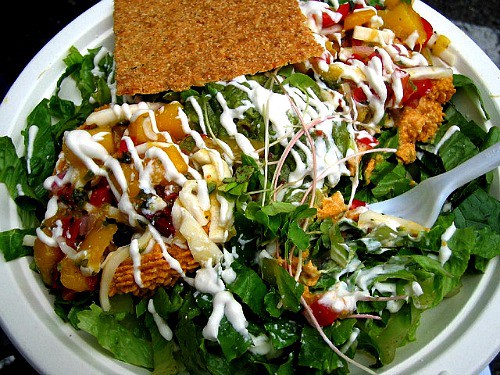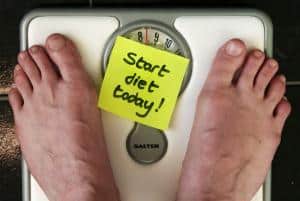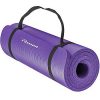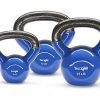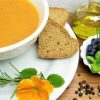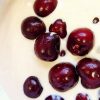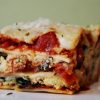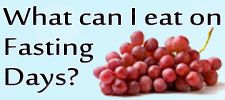Looking into the not too distant past of our human race, before the dawn of agriculture, our Paleolithic ancestors lived fairly short but healthy lives. These ancestors lived of a diet consisting of everything they could hunt or gather and many argue that this established the basis of what our human bodies are designed to process.
When humans became all lazy and civilized, trying to keep food as close as possible to home, and later on even paying others to cultivate foods for us, things started to go horribly wrong. Our bodies have become overloaded with substances they were never meant to process, leading to a lack of energy making it even harder to burn the extra calories we consume. Because of our poor eating habits and lifestyles, we are seeing a rise in lifestyle-related problems such as cholesterol, heart problems, type 2 diabetes and many others. The Paleo Diet is all about getting back to the basics in an attempt to get the body in a healthy balance by eating what we were genetically evolved to digest.
Don’t Eat Anything our Paleolithic Ancestors Wouldn’t Have Eaten
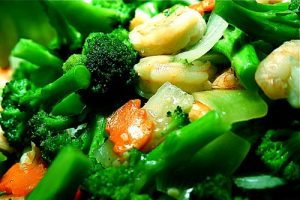
The Paleo Diet recommends that fresh vegetables and fruit should provide up to 45 percent of your daily calorie intake.
The basic principle of the Paleo Diet is to eat like a caveman. This means getting rid of all modern highly processed foods and things that humans only started to consume after the advent of agriculture.
Some examples of foods to avoid with this diet include dairy, grains and legumes and obviously those fatty, high-calorie, cheap fast foods we are so fond of. Soft drinks are also out, while water should become the new staple beverage of choice.
The hunter/gatherers also didn’t add salt or sugar to their food or water. Protein, in the form of lean meat, seafood and other animal products, comprised between 20 and 30 percent of their diets. As the proteins were so filling, our ancestors did not consume nearly as much carbohydrates as we do today. Fresh fruits and vegetables were their main source of carbs instead of bread and pasta. The Paleolithic Diet recommends that fresh vegetables and fruit should provide up to 45 percent of your daily calorie intake. This will also provide the fiber your body needs, instead of getting fiber through grains.
Where we are today very conscious of our daily fat intake, our ancestors did not see that as a problem. Omega-3, polyunsaturated and monounsaturated fats are all ok in this eating regime, as long as you stay away from trans-fats. Those who want to combine the Paleo diet with intermittent fasting diet plans can also go right ahead. Hunters did not manage to catch prey every day and definitely had days where their calorie intake was much lower than others. This conditioned the body to intermittent fasting and allowed it to adapt by restoring the cells and focusing on processes other than metabolizing food. People following the fasting diet plans would actually be better off combining it with the Paleo Diet rather than consuming high-calorie carbs on the non-fast days. This combination will keep the body healthy while shedding excess weight quickly.
Exercise while on the Paleo Diet
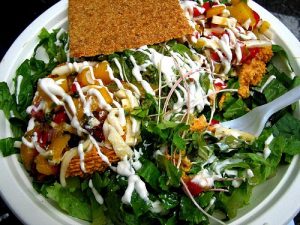
People following the fasting diet plans would actually be better off combining it with the Paleo Diet rather than consuming high-calorie carbs on the non-fast days.
One big thing people are missing today that our ancestors had daily is exercise. Hunters and gatherers used to spend the bulk of their days working very hard to try and find food. Once the hunter has finally caught a deer he still had to drag it back home, cut up the meat, build a fire and cook it. Gatherers would spend hours and travel miles searching for fruit and vegetables and picking them, only to carry the heavy load home. And we think that getting some pre-processed vegetables from the grocer is hard work! Or, even worse, we would rather use the drive through at McDonalds to spare us the trouble of going to the supermarket.
Regardless of whether you are on the Paleo diet or an intermittent fasting diet plan, we still need to burn more calories than we consume, and not the other way around. Unlike our ancestors, we don’t need to go out hunting, so it is important to include an exercise program in order to benefit from a fit and healthy body.
